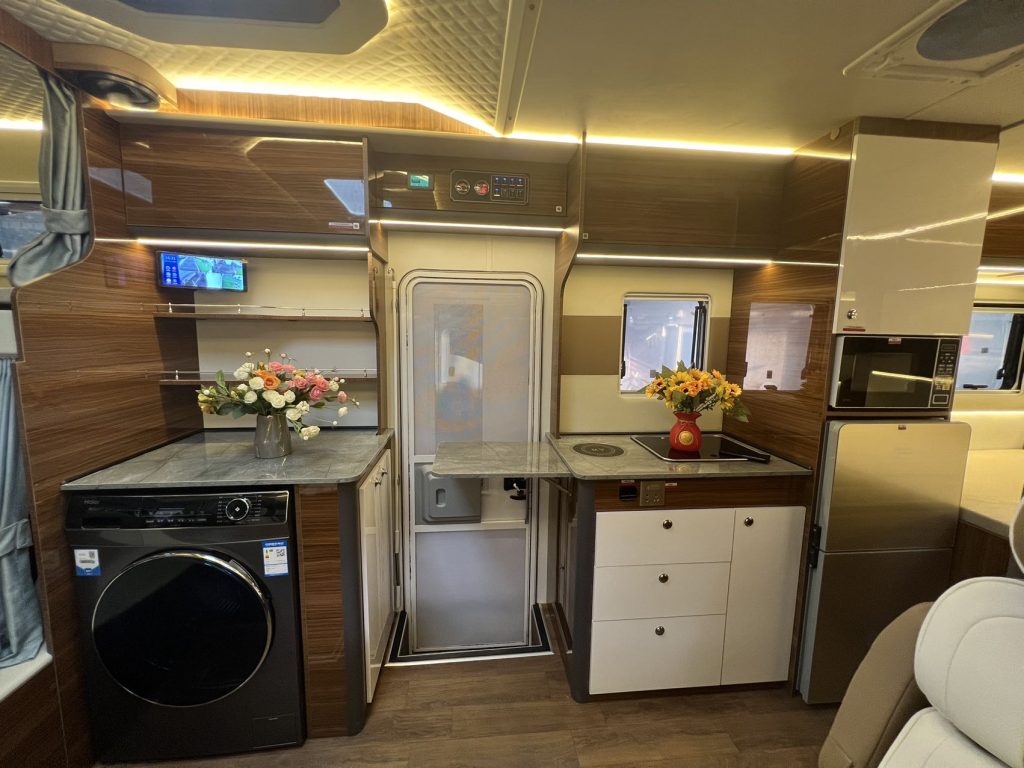Introduction:

Truck-mounted cranes are versatile pieces of equipment commonly used in construction, transportation, and other industries. These powerful machines are essential for lifting and moving heavy loads on job sites. However, like any mechanical equipment, truck-mounted cranes can experience issues and breakdowns that can hinder their performance and productivity. In this comprehensive guide, we will discuss common problems that may arise with truck-mounted cranes and provide troubleshooting tips to help operators diagnose and resolve these issues effectively.
1. Hydraulic System Issues:
The hydraulic system is a critical component of a truck-mounted crane, responsible for providing the power necessary to lift and move heavy loads. Common problems with the hydraulic system can include leaks, loss of pressure, and slow or erratic operation. Here are some troubleshooting tips to address hydraulic system issues:
- Check for hydraulic fluid leaks: Inspect the hydraulic hoses, fittings, and seals for signs of leaks. Replace any damaged components and replenish the fluid as needed.
- Inspect the hydraulic pump: A malfunctioning pump can result in low pressure or inadequate fluid flow. Check the pump for signs of wear or damage and replace it if necessary.
- Check hydraulic fluid levels: Low fluid levels can lead to poor crane performance. Ensure that the hydraulic fluid reservoir is adequately filled to the recommended level.
- Test the pressure relief valve: A faulty pressure relief valve can cause excessive pressure buildup in the system. Check the valve for proper operation and adjust or replace it as needed.
2. Electrical System Problems:
The electrical system of a truck-mounted crane controls various functions, such as crane operation, lighting, and safety features. Issues with the electrical system can result in malfunctions and safety hazards. Here are some troubleshooting tips for common electrical system problems:
- Check the battery: A weak or dead battery can prevent the crane from starting or operating properly. Test the battery voltage and replace it if necessary.
- Inspect wiring and connections: Loose or damaged wiring can cause electrical malfunctions. Inspect the wiring harness and connections for signs of wear or damage and repair or replace as needed.
- Test fuses and relays: Faulty fuses or relays can disrupt the electrical system's operation. Check and replace any blown fuses or malfunctioning relays.
- Check the control panel: The control panel is the interface through which operators control the crane. Inspect the control panel for damage or malfunction and repair or replace it as needed.
3. Mechanical Component Failures:
Truck-mounted cranes consist of various mechanical components that work together to lift and move heavy loads. Mechanical failures can occur due to wear and tear, improper maintenance, or overloading. Here are some troubleshooting tips for common mechanical component failures:
- Check the boom assembly: The boom is a crucial part of the crane responsible for lifting loads. Inspect the boom for signs of damage, cracks, or misalignment. Repair or replace any damaged components.
- Inspect the hook and block: The hook and block are essential for attaching and lifting loads. Check these components for wear, cracks, or damage and replace them if necessary.
- Test the outriggers: Outriggers provide stability and support for the crane during operation. Ensure that the outriggers are functioning correctly and deploy them properly to prevent tipping or instability.
- Check the winch: The winch is used to raise and lower the load. Inspect the winch for signs of wear, corrosion, or malfunction. Lubricate moving parts and replace worn components as needed.
4. Safety System Concerns:
Safety is paramount when operating a truck-mounted crane to prevent accidents and injuries. Malfunctions in the safety systems can pose serious risks to operators and bystanders. Here are some troubleshooting tips for common safety system concerns:
- Test the emergency stop button: The emergency stop button is a crucial safety feature that halts crane operation in case of an emergency. Ensure that the emergency stop button is functioning correctly and easily accessible to operators.
- Check the load moment indicator (LMI): The LMI measures the load weight and moment to prevent overloading and instability. lorry mounted cranes for sale and ensure that it accurately displays load data.
- Inspect the boom angle indicator: The boom angle indicator helps operators position the boom correctly during lifting operations. Check the indicator for accuracy and calibrate it if necessary.
- Test the overload protection system: The overload protection system prevents the crane from lifting loads beyond its capacity. Test the system regularly and ensure that it is functioning correctly to avoid accidents.
Conclusion:
Truck-mounted cranes are powerful and versatile machines that play a vital role in various industries. However, like any equipment, they can experience issues and breakdowns that require troubleshooting and maintenance. By following the troubleshooting tips outlined in this guide, operators can effectively diagnose and resolve common problems with truck-mounted cranes, ensuring safe and efficient operation on job sites. Regular inspection, maintenance, and adherence to safety protocols are essential to maximize the lifespan and performance of truck-mounted cranes.
